Moksha Patam is the classic board game from India (on which “Chutes and Ladders” is based). This game symbolizes the journey through life, and presents Hindu ideas of reincarnation, various virtues, etc.
Back in 2010, Sudha, a blogger living in Mumbai, wrote an excellent post on “Param Pada Sopanam,” another name for the same basic game, saying in part:
“Traditionally, Parama Pada Sopanam is played on the night of Vaikuntha Ekadashi (the 11th day after the new moon in the Tamil month of Margazhi). Many Hindus believe that the door to Vaikuntha, the abode of Lord Vishnu, will be wide open to welcome the devout and the faithful. Hindus also believe that dying on Vaikuntha Ekadashi will take them directly to the abode of Vishnu, liberating them from the cycle of rebirth. On this day, the devout stay up all night fasting and praying and playing the game helps them pass the time till dawn, when the fast is broken.”
For more cultural background on the game, read the entire post here.
I first ran across Moksha Patam in the old Holidays and Holy Days curriculum. However, that was in another UU congregation, and in my current congregation, the Holidays and Holy Days curriculum is missing Moksha Patam. So I went looking for a version online.
I found that you can play online with up to four players here. I discovered that Kreeda, a games company based in India, makes a version under the name of “Param Pada Sopanam” (scroll down). However, as of this writing, they do not ship to the U.S.
So I made my own version, which we will use in the Sunday school here in Palo Alto. The link below takes you to game rules and PDF files of the game board. (Update Aug., 2019: revised link.)
Moksha Patam game at my curriculum Web site
Note that the squares at the heads of the snakes have the name of a Hindu demon — or the name of a person who is, in Hindu stories, bad or evil — these squares also have the name of a vice, or bad quality, in parentheses. Traditionally, landing on one of these squares would provide an opportunity to tell a little something about the demon or person — thus incorporating Hindu stories into the playing of the game.
I particularly like the fact that no skill is involved in playing this game — only random chance. Perhaps this implies that there is nothing we can do to escape the endless cycle of rebirths; it is all chance….
Updates: After reading Erp’s comment below, I checked on Wikipedia, and discovered that game boards do vary in size. Wikipedia also points out that this game (under the name “Snakes and Ladders”) appears in Salman Rushdie’s book Midnight’s Children. Here’s what Rushdie says about the game, in the chapter titled “Snakes and Ladders”:
“The moment I was old enough to play board games, I fell in love with Snakes and Ladders. O perfect balance of rewards and penalties! O seemingly random choices made by tumbling dice! Clambering up ladders, slithering down snakes, I spent some of the happiest days of my life. …
“All games have morals; and the game of Snakes and Ladders captures, as no other activity can hope to do, the eternal truth that for every ladder you hope to climb, a snake is waiting just around the corner, and for every snake a ladder will compensate. But it’s more than that; no mere carrot-and-stick affair; because implicit in the game is unchanging twoness of things, the duality of up against down, good against evil; the solid rationality of ladders balances the occult sinuosities of the serpent; in the opposition of staircase and cobra we can see, metaphorically, all conceivable oppositions, Alpha against Omega, father against mother; here is the war of Mary and Musa, and the polarities of knees and nose … [ellipsis in original] but I found very early in my life, that the game lacked one crucial dimension, that of ambiguity — because as events are about to show, it is also possible to slither down a ladder and climb to triumph of the venom of a snake …” — Midnight’s Children (New York: Random House, 2006), p. 160.


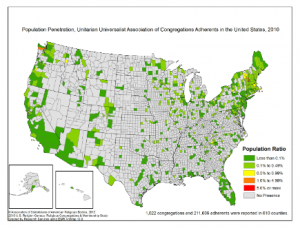
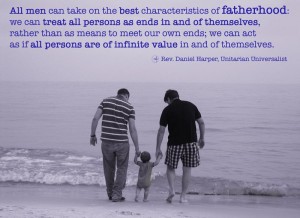
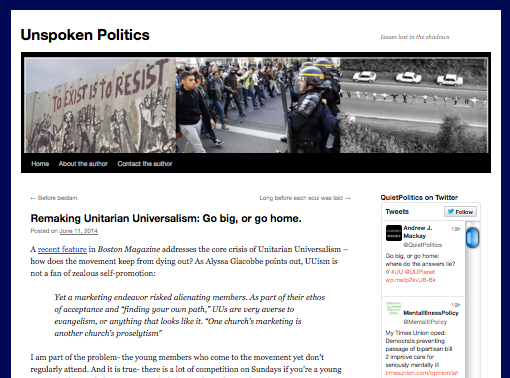
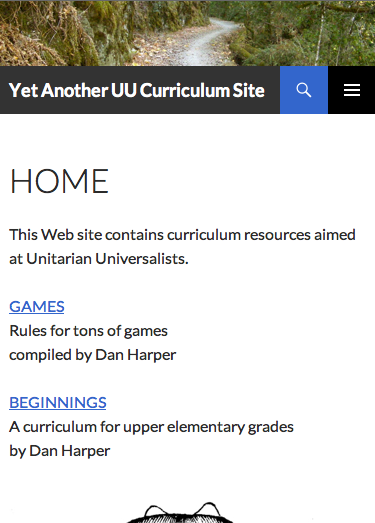
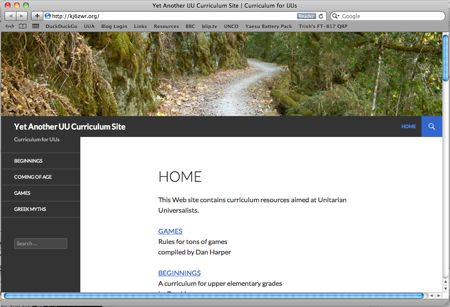
 This is human nature: the ones who are causing the problem are least likely to be affected by the problem, so they believe they are not causing the problem. The minority of U.S. citizens who are aware of the magnitude of the problem attempt to convince other U.S. citizens of the truth with rational arguments, but since when did humans change their behavior as a result of rational argument?
This is human nature: the ones who are causing the problem are least likely to be affected by the problem, so they believe they are not causing the problem. The minority of U.S. citizens who are aware of the magnitude of the problem attempt to convince other U.S. citizens of the truth with rational arguments, but since when did humans change their behavior as a result of rational argument?